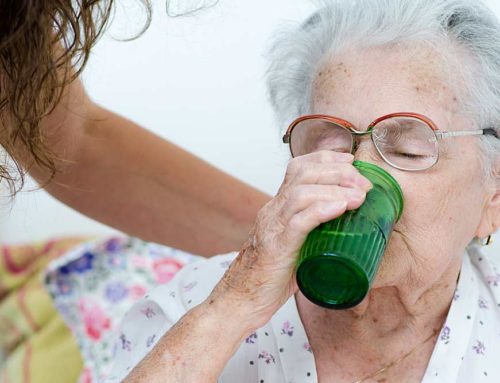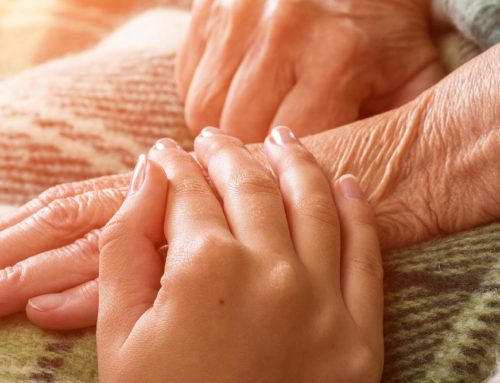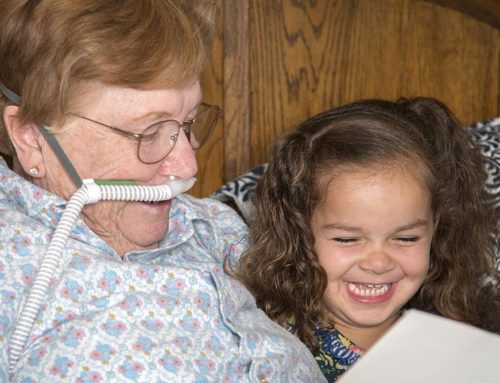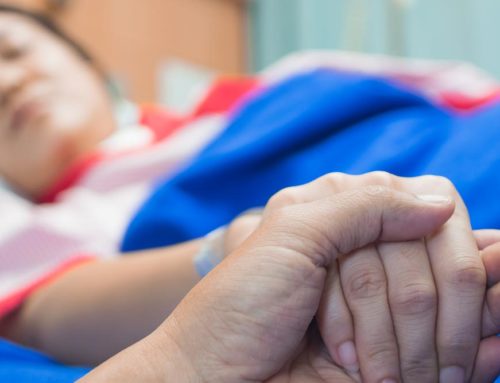We received a call the other day from a Pacific Palisades resident named Jarrett. His father, George, received a terminal diagnosis for his congestive heart disease, and the doctor recommended hospice care. Jarrett thought this meant his father would receive care in a facility, which in his mind was safer and better equipped, but the doctor said it could be implemented at home.
“Does this sound above board to you?” asked Jarrett. “I know my father is dying but is his doctor trying to make it happen faster?”
I chuckled because most people don’t question their doctors, but I’m glad that Jarrett did. It gave me a chance to explain the different levels of hospice care available.
There are Four Levels of Care
“Your father’s doctor is correct, in a manner of speaking. There are four levels of care. What the doctor is recommending is known as Routine Home Care. It sounds like your Dad can still function in his own home but needs some help and may need some medications or breathing treatments that a hospice nurse or aide can help administer. With this service, your father is eligible for many services, including nursing and social services, a home health aide, spiritual and emotional counseling, bereavement services, dietary services, therapy, lab diagnostics, medical supplies, and medications. The amount of care is determined upon his need. Luxe Hospice is available to provide services 24/7. With Routine Home Care, he would receive the same or perhaps a higher level of care than he would if placed in a hospital environment.”
I explained that if his father’s symptoms worsened the doctor might suggest Continuous Nursing Care, which could be provided in the home. This is available to any hospice patient, whether they reside in a private home, nursing facility, assisted living facility or other location. Hospice will continue to be involved in the patient’s care, particularly in pain management, as hospice teams are specially trained in this field. Continuous care would mean that a hospice nurse or aide would stay with George from eight to 24 hours per day and attend to his pain levels and respiratory issues, among other symptoms. This level of care is reevaluated on a daily basis.
“What happens if he needs emergency attention?” Jarrett queried.
I told Jarrett that if George’s symptoms were to become unmanageable at home, even with the continuous nursing care, or he had a medical emergency, he would then be placed in Inpatient Care at an acute care facility: an inpatient hospice unit in a hospital, a skilled nursing facility or a hospice facility. Here he would receive individualized 24- hour attention by a medical and nursing staff, who would attend to any medications, treatments or emotional support he might need. George’s attending physician would work closely with the hospice staff to adjust any medications or prescribe medical equipment that would keep him comfortable. Once he was considered out of danger, George could be transferred back home, and his hospice services would continue there.
When I started to wrap the conversation up, Jarrett stopped me and said: “I thought you mentioned there were four levels of care?”
“Yes, Respite Care is the fourth level. This doesn’t apply to your situation though unless you or another family member intends to care for George. Respite Care will pay for a loved one to go to a facility for up to five days so their family caregivers can do some self-care.”
Sharing Our Knowledge About Hospice is Part of Our Purpose
Jarrett thanked me for my time and said he would be in touch. I felt content knowing that I had educated another consumer about hospice and corrected any mistaken beliefs they may have had. Hospice is not a death sentence. It is a humane way to spend the time you have left in a pain-controlled environment, spend quality time with family and friends, and be surrounded by trained medical and health professionals whose primary concern is your well-being.
Call us with any questions you may have about the hospice process, and we will be more than happy to answer them. Our services are available 24/7. Luxe Hospice covers the Pacific Palisades, Malibu, Santa Monica, Brentwood, and Bel Air areas. We provide hospice services throughout the greater Los Angeles and Orange County areas and can be reached at (310) 459-2040, info@Luxehc.com.








Leave A Comment